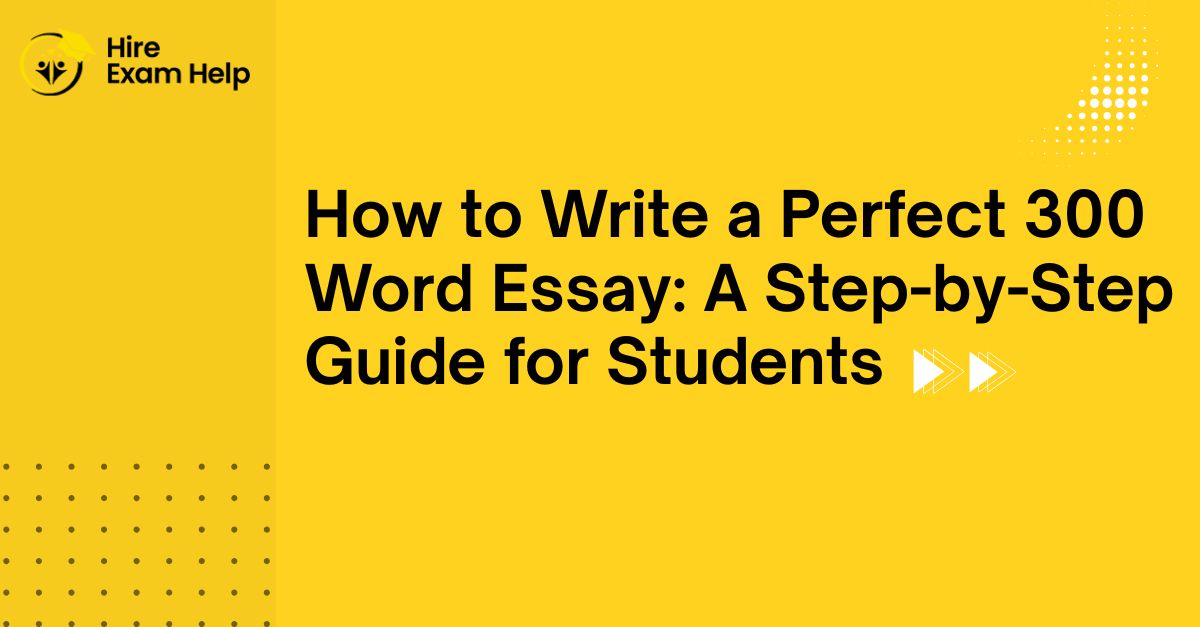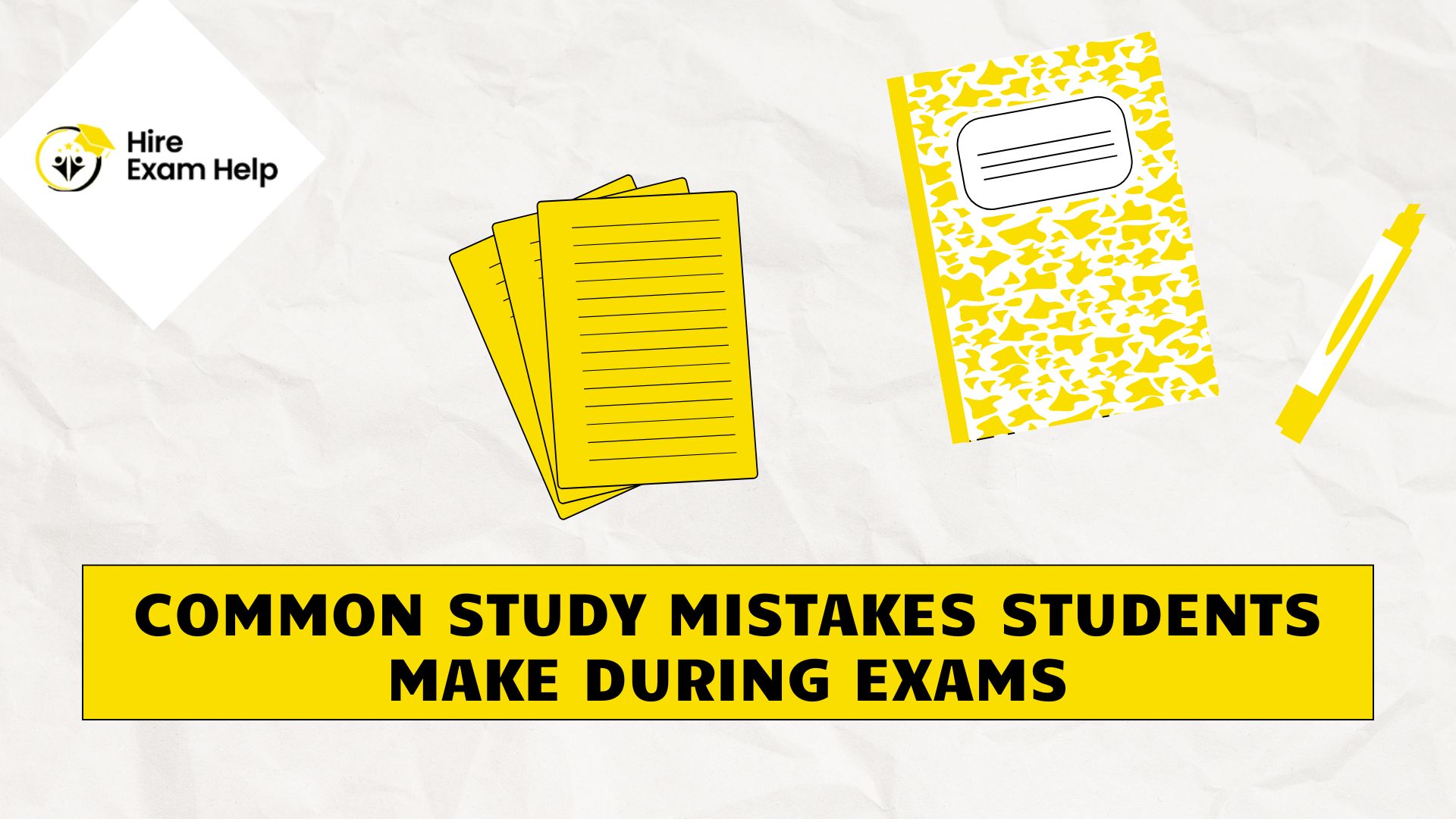


While at first writing a 300-word essay may sound simple, the short length of the essay makes it rather difficult as well. There is hardly room for repetition as every sentence counts, every idea should be a hook, and all thoughts should be organized. The ability of a student to communicate eloquently and organize his or her ideas and arguments within short spans of space is what the academic institutions rate. Whether you are taking an online test or a university assignment, it’s quite essential to learn how to come up with a small but meaningful essay, as this might boost your writing confidence and academic achievement.
First, before starting your writing, it’s very important to know the characteristics of a 300-word essay apart from those of a longer essay. With the scarce words, a lot of precision has to have been in the students’ writing,s which entails knowing what to put into it and what to leave out. In this article, you’ll explore the step-by-step approach to forming a well-balanced essay that will attract interest and meet all academic institutions’ specifications.
A 300-word essay is aimed at measuring how students can put their ideas on paper while working under strict limitations. The majority of teachers give this type of assignment to evaluate clarity, focus, and organization rather than the length or depth of the analysis. This format also appears when applying for scholarships, taking online exams, or during timed writing assignments.
The shortness provides students with a way to learn how to effectively summarize information. You are required to show knowledge, analytical thinking, and writing discipline in just a few paragraphs. The difficulty is compressing an argument or story into just enough detail to make it interesting while still preserving meaning or logic.
If approached creatively, short essays teach a writer to concisely communicate meaning—something which is useful in academic settings but also in written form and online communication.
No matter how good a student is at essay writing, if he does not have a full comprehension of the prompt, then his 300-word essay cannot be successful. Others have hurried to put in their thoughts without first understanding what the instruction was asking for, thus producing essays that are not only on the wrong subject, but lack focus as well.
Start by identifying three key components in your prompt:
Use some time to reword the question and, in your own words, to ensure that you understand it. An outline or a small mind map may be of assistance in visualizing your approach and making sure that there is no part of your essay that does not support the main task.
That related one can also assist in sharpening your mind before you start writing, providing a better understanding of how to craft responses to the questions and develop your argument.
In a 300-word format, structure is everything. An outline serves as the map for your paper – without it, you run the risk of wasting time on unnecessary repetition. Most importantly, it keeps you focused on your goals. If you follow the advice that I am giving you today, your essay should consist of three main parts:
As every single sentence matters, you’d better put in only one idea into each paragraph. Do not write too much just to increase the attractiveness of your essay or add some words that are just fillers. When doing the detailed outline, you will be sure not to overspend on your essay or forget some essential information.
This trick also works out for students who seek online exam help to write easily within the time frame. Preparing outlines beforehand is a good way of developing the student’s writing discipline and help him/her improve their exam grades.
Your introduction is your first— and perhaps only—shot at getting your reader’s attention. Keep it short but punchy, arousing the reader’s interest via a quick but deliberate hook. This might be some information, a quote, a question—anything really—on a topic relevant to the essay.
Then you can run wild with the rest of it and throw in a sentence or two of a little background. Finally, the conclusion should contain a thesis statement, which is just one sentence that practically states the essay’s purpose or thesis. For example:
Yes, some students actually find the short essay Seradah clear-cut and straightforward, but it’s just not that cut-and-dried, and brevity does require clarity and organization.
One sentence like that one does exactly that: It so quickly and effectively puts the reader in the correct frame of mind and primes him/her for the rest of the essay.
The key: clarity will always trump creativity in an academic setting. In the typical essay, while some students may prefer a vague or over-creative introduction, it’s better for the essay essay opening to be clear and to the point.
The body is where your ideas come to life. Since the body is so short, use only two or three main points, and give just one example or one explanation for each. Each paragraph must contain a topic sentence – a single sentence that briefly states the target message you essay to pass across in that paragraph.
Write more than 3 sentences to support, or quickly prove the statement you just wrote. Link your arguments with your main outline. For example: “Writing a 300-word paper involves time management”. Students who make an outline before they write use less time revising and stay on task better.”
This approach keeps your essay structured and logical. It’s also a technique frequently encouraged in academic writing and online exam help sessions, where time efficiency is key.
A strong conclusion not only repeats your thesis but also emphasizes the core of your writing. Summarize your major points in 40–50 words and close with an interesting remark.
Do not add your new ideas here; merely restate your argument, using slightly altered terms. For instance, you could have just finished with:
“A 300-word persuasive essay establishes the fact that the key to persuasive and captivating writing is condensing, a purpose, and conciseness.”
That is a good way to end your paper and has an impact as well.
One of the most challenging aspects of writing a 300-word essay is being able to stick to the word count and still have something meaningful to say. Every extra adjective, repeated statement, or irrelevant comment can really waste time and space.
Here are simple techniques to keep your writing concise:
Noble Essays Use Clear Words and Concise Sentences. Each Word in the Sentence. When you edit, are you sure Every Word Is Supporting Your Point? If not, Remove It.
Revision is just like writing, without a doubt! A while after preparing your essay draft, have a walk before editing – it is easier to look at your work in a different way.
During proofreading, focus on:
While online tools such as Grammarly or Hemingway Editor can be beneficial, they shouldn’t be relied on exclusively. Have another human check over your work so it sounds as if it was written by a human, and maintains its genuine feel. This is also a good opportunity to check your online exam help strategies if you are practicing timed writing – enhancing your ability to review your work swiftly can result in better marks.
Mastering the art of writing short essays is not something one can learn overnight; it requires a lot of time and effort. For instance, you could make it a habit of writing a 300-word essay on an entirely different subject once every couple of days.
To really test yourself, set a timer and try to complete the assignment within the stipulated time while observing the word limit accurately – this will make preparations for the actual examination! Once you keep doing pseudoinen exercises like these consistently, you’ll not only get better at fine-point conveying your ideas through writing but also be able to organize argumentation within a shorter period, which are great skills that will serve you well both in your academic pursuits and potential career advancement plans.
Even advanced students can struggle with short essays. The most common pitfalls include:
By avoiding these mistakes, your writing becomes clearer, and your arguments more convincing.
Learning to write short, structured essays is more than just an easier way to pass exams, though; it’s also about creating a robust manner of communication that can serve you tremendously in many different areas. You’ll be able to use the same discipline whether you’re writing a scholarship application, an email to your boss, or a research summary.
Clarity, organization, and succinctness are writing skills that are generally applicable to all writing situations and should be familiar to the student. In fact, the ability to write a concise 300-word essay may even serve as the foundation of longer essays later in one’s academic career.
This post is highly recommended because it provides a wonderful insight into how you can translate academic discipline into practical experience by applying some of the concepts discussed earlier.
Yes, the 300-word essay may seem small, but the value that it offers to the students’ education is huge. It teaches them to think critically, be organized, and articulate their thoughts efficiently—all skills that they need in every academic and professional situation.
There are a few ways in which one can convert the short essay into a well-structured writing if one observes some rules. This includes, and is not limited to, revising the essay cautiously, drafting a framework for the essay, and writing with precision. The achievement of our intention depends highly on our ability to bypass mistakes easily made, proper time management, and regular writing exercises.
It does not matter if it is through e-learning, digitized assessments, or short essays—it will still be a significant element of education in the near future. So whatever it may be that you are doing—writing papers or prepping for exams—you should remember that the number of papers you write does not really matter if it is the kind of papers that you end up writing.


